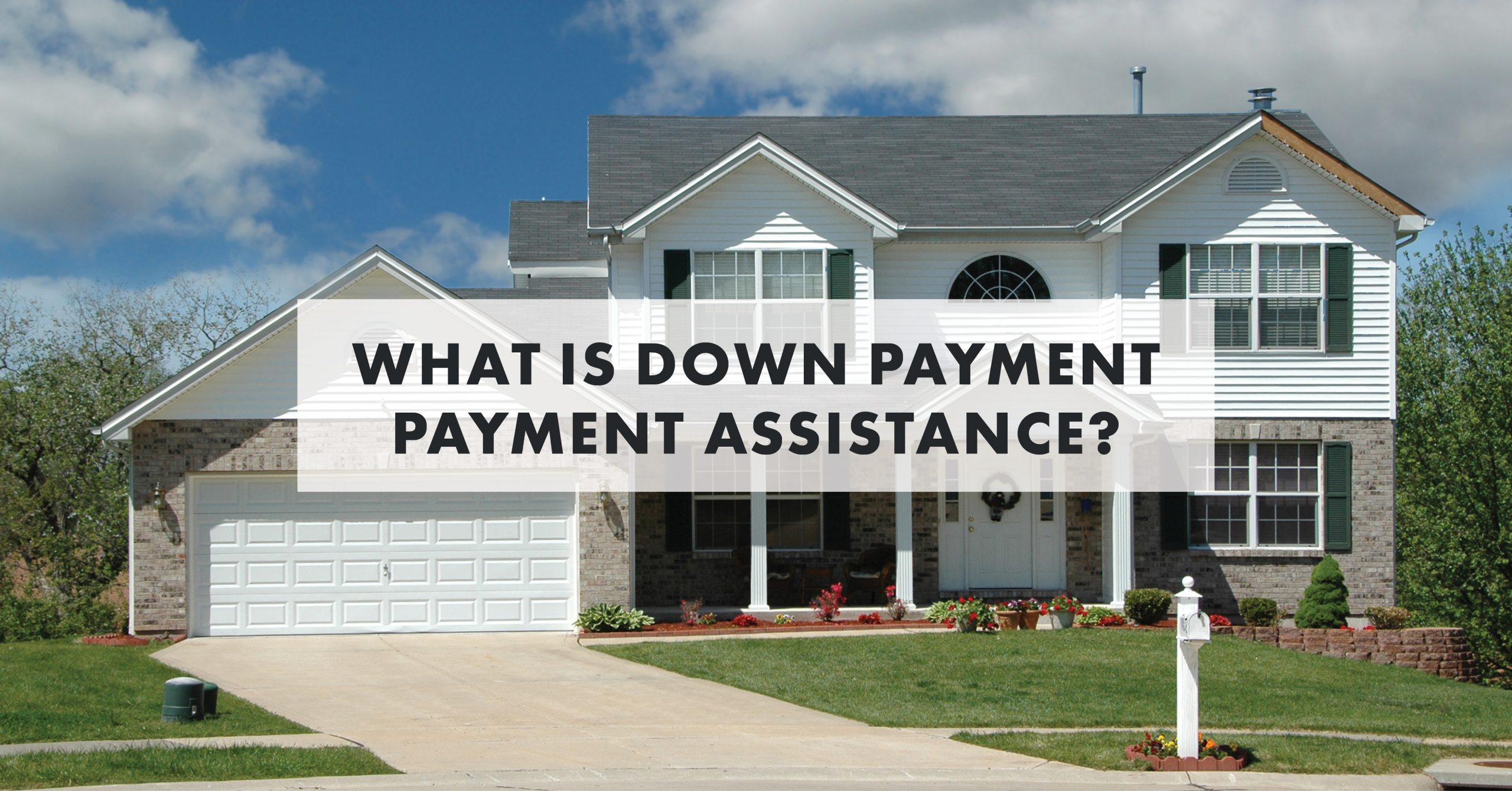
By Alena Kairys
Jan 24, 2022It’s no secret that a down payment deters many people from buying a home. Even though the “20% down rule” isn’t true for all home purchases, saving for a down payment can be especially difficult if you’re a first-time buyer or have a thinner financial cushion. Learn how down payment assistance can help you finally become a homeowner.
What is Down Payment Assistance?
Down payment assistance (DPA) programs offer additional funds to a borrower to alleviate down payment or closing costs. They can be sponsored by the government, a government-sponsored entity, a nonprofit organization, or even your lender. The programs can be paired with most kinds of mortgages, whether it’s FHA, USDA, VA, or conventional. Down payment assistance serves to bridge the gap that is often a hurdle for people to start the home buying process, which is why many programs are made for first-time or lower to moderate income buyers. These are some of the most common types of DPA:
Grants — Grants do not require repayment. Think of it as a scholarship for homeownership.
Low-interest loan — This form of DPA is a loan with a very low interest rate, making it less weighty than your main mortgage. They may be structured as second mortgages.
Interest-free deferred loan – This type of loan has no interest and does not need to be repaid until you sell or refinance; it can be structured as a second mortgage.
Forgivable loan — This loan is distinct in that the balance will be cleared after a stated time period as long as the criteria are met. This time frame can be anywhere from 5-20 years. You may have to pay it off if you sell or refinance before the forgiveness date is reached.
Savings match — In a savings match program, the DPA sponsor will match the down payment funds you deposit into a dedicated account up to a certain amount. It is also known as an individual development account.
Just like mortgages, there are many different options to fit your needs and lending profile. Some programs are sponsored by state and county governments and are area-specific, while others are not exclusive to new buyers. There are even programs tailored for people in various professions, such as teaching, law enforcement, healthcare, and the military.
How to Get Down Payment Assistance
To apply for down payment aid, you’ll need to go through your lender. Keep in mind that not all lenders offer the same range of DPA programs, so check with your loan originator to see what’s available and what would be a good fit. It’s wise to consult with your lender regarding DPA before starting the preapproval process. To determine eligibility, the sponsor will usually take things like your income, loan-to-value ratio (LTV), home purchase price, credit score, and property location into account. It’s common for DPA programs to require the completion of a home buying education course before you receive any funds. Though DPA terms vary, common requirements include using the home as your primary residence, living in your home for a certain amount of time, not using the home as an investment property, and not selling or refinancing the home before a set date. As with any financial agreement, make sure you fully understand the requirements and conditions of your DPA plan.
With such a large variety of down payment assistance programs available, it’s well worth looking into to see how you could save. Down payment assistance exists to help people become homeowners—don’t overlook what could be an amazing resource to make homeownership attainable.
If you have any questions about down payment assistance, contact one of our licensed Mortgage Loan Originators. If you’re ready to begin the home buying process, click here to get started!
All Down Payment Assistance Programs have different requirements and contingencies; please consult with the Loan Originator to discuss your options. Refinancing an existing loan may result in the total finance charges being higher over the life of the loan. The pre-approval may be issued before or after a home is found. A pre-approval is an initial verification that the buyer has the income and assets to afford a home up to a certain amount. This means we have pulled credit, collected documents, verified assets, submitted the file to processing and underwriting, ordered verification of rent and employment, completed an analysis of credit, debt ratio and assets, and issued the pre-approval. The pre-approval is contingent upon no changes to financials and property approval/appraisal.
These blogs are for informational purposes only. Make sure you understand the features associated with the loan program you choose, and that it meets your unique financial needs. Subject to Debt-to-Income and Underwriting requirements. This is not a credit decision or a commitment to lend. Eligibility is subject to completion of an application and verification of home ownership, occupancy, title, income, employment, credit, home value, collateral, and underwriting requirements. Not all programs are available in all areas. Offers may vary and are subject to change at any time without notice. Should you have any questions about the information provided, please contact us.